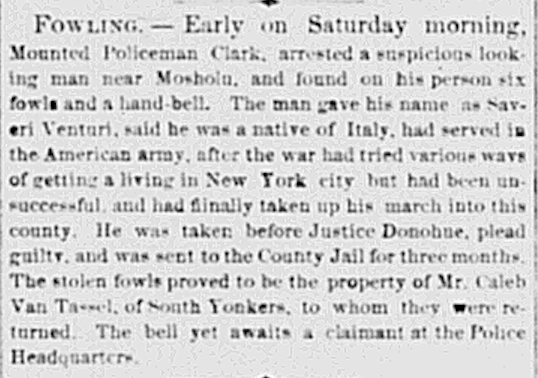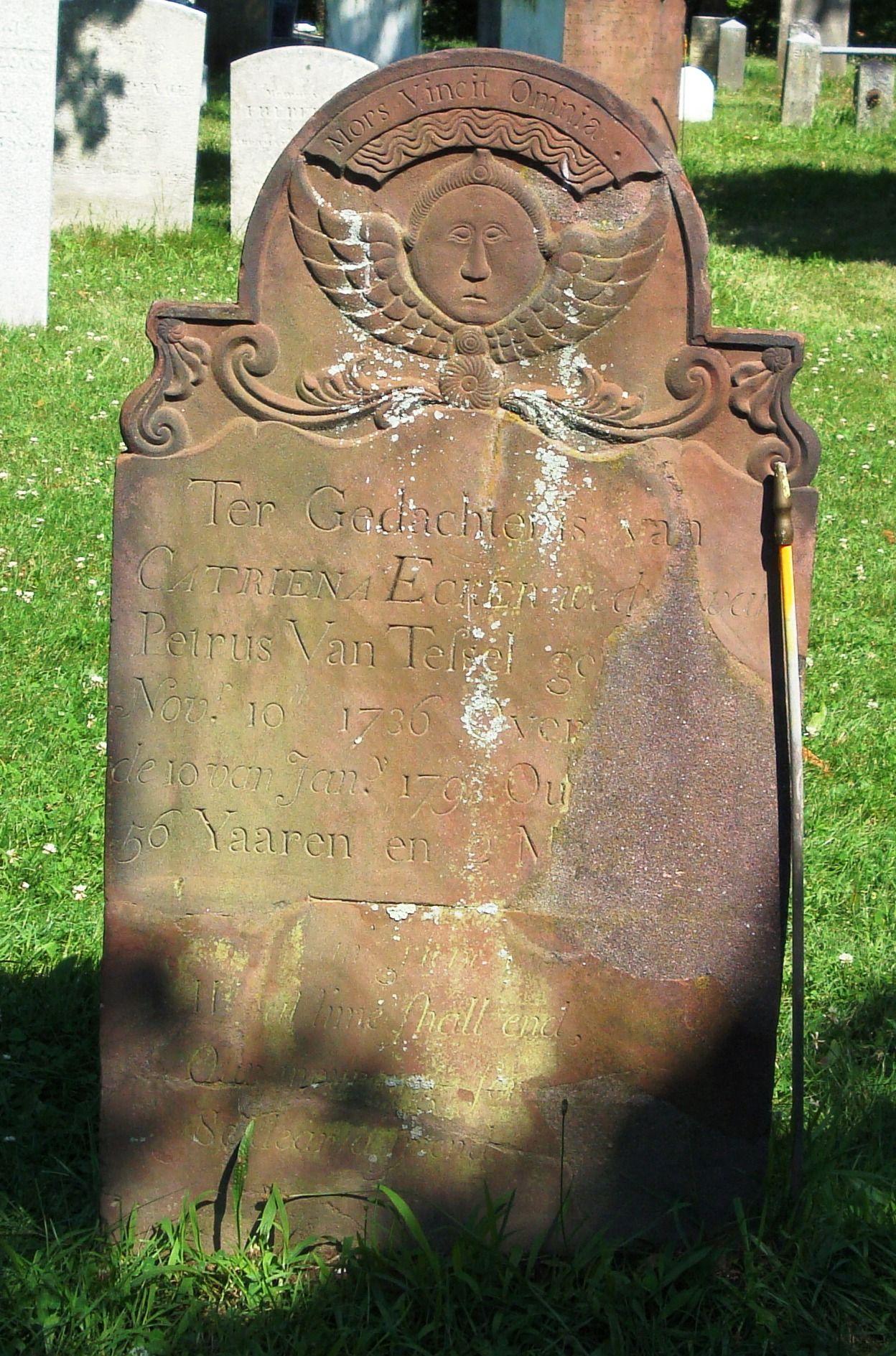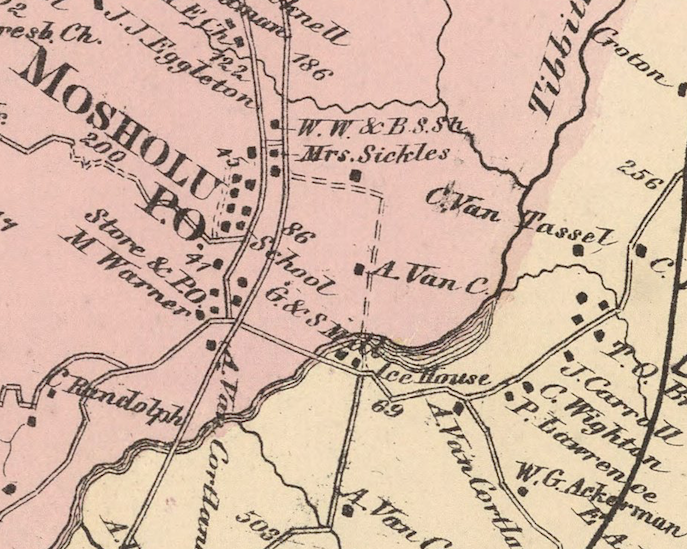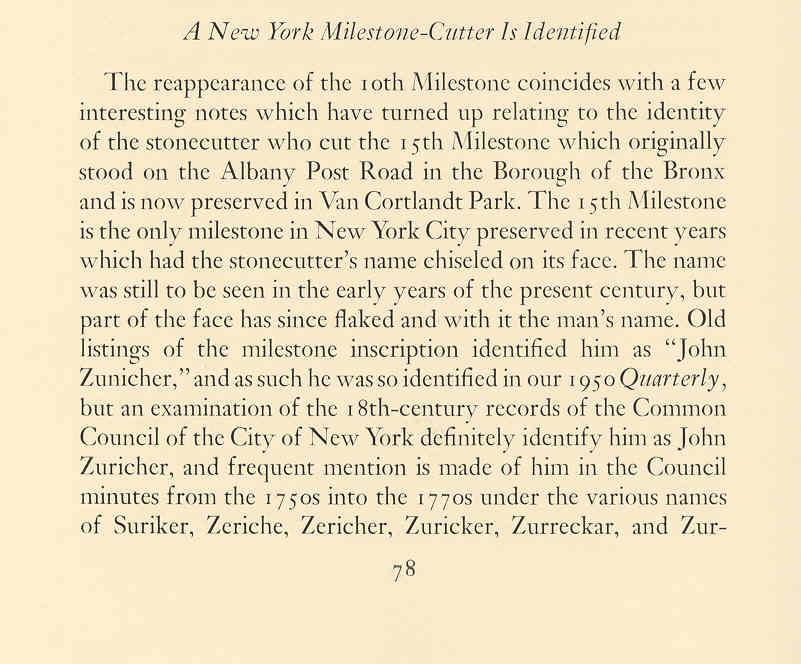Home › Forums › The Industrial Era › Police Blotter – May 14, 1868
- This topic has 1 reply, 2 voices, and was last updated 4 years, 10 months ago by
Thomas Casey.
-
AuthorPosts
-
-
June 3, 2019 at 1:32 pm #1039
I am enjoying reading through the Yonkers Statesman newspaper on microfilm at the Yonkers Public Library. There are lots of little oddball stories that give you a sense of what life was like in the neighborhood at that time. I came across this story in the May 14, 1868 issue:

I find it interesting that what we refer to today as the “Union Army” was referred to as the “American Army”–really goes to show how northerners at the time thought of the war.
The Van Tassels go way back in the lower Hudson River Valley. Ichabod Crane’s love interest in the Legend of Sleepy Hollow was Katrina Van Tassel and there are indeed plenty of Van Tassels memorialized in Sleepy Hollow Cemetery.

I remember reading somewhere that Caleb Van Tassel worked as a miller at the Van Cortlandt mills at one point. I found him on this 1867 map of South Yonkers (on the right side of map). You can see Tibbetts Brook and Van Cortlandt Lake running through the center. He seemed to be living roughly where today the Major Deegan Expressway runs through. On the left side of the map is “Store and [Post Office] M Warner.” That is Warner’s store and the Mosholu post office, which was about where the Burger King is today on Broadway.

-
June 11, 2019 at 3:12 am #1046
John Zuricher was a gravestone carver of the mid-to-late eighteenth century. He lived with his wife, Elizabeth Ensler, and their ten children in New York City, but produced gravestones that can be found across the Hudson Valley, Long Island, and New Jersey, and even in Pennsylvania and South Carolina. As a stone mason, he worked on New York City Hall and made milestones for the Albany Post Road.
The stone in the photos above and below was created by Zuricher out of red sandstone for James Wright, who died in 1776. The decoration at the top is a round-faced cherub head with a crown of spiraling curls and quite distinctive wings, in which the feathers are laid out in a grid. There is also some sort of decorative flourish at the very top.
Anyone who has read James Deetz’s masterpiece In Small Things Forgotten can tell you that there are three major phases of gravestone iconography in early New England and New York: death’s head, cherub, and urn and willow. The cherub was a direct descendant of the death’s head, and retained some of its features in a vestigial or reinterpreted state. For instance, that little nub of a chin at the bottom of the cherub’s face evolved out of the jaw of the death’s head – shown in this example. Furthermore, this stone represents the “missing link” between the death’s head and the cherub.
It seems that Zuricher dealt exclusively in cherubs, which would make sense for the time period in which he worked (about 1749 to 1778).

-
-
AuthorPosts
- You must be logged in to reply to this topic.